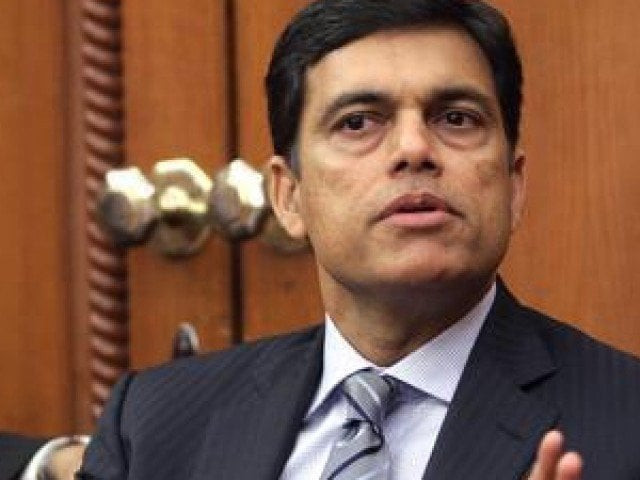'Back channel' really is 'back channel'
The arrival of Mr Jindal cannot have been unknown to the security services of both countries

PHOTO COURTESY: DALAL TIMES
It may be reasonably assumed that this visit is one such back-channel interaction. The arrival of Mr Jindal cannot have been unknown to the security services of both countries; and would not have occurred without their agreement and indeed cooperation and complicity. Flags have already been raised as to the possibility of a meeting between Mr Modi and Mr Sharif on the sidelines of the upcoming meeting of the Shanghai Cooperation Organisation (SCO) of which Pakistan and India are conditional members. Conditional upon being seen to pursue a peaceful path between themselves. Meetings ‘on the sidelines’ at events such as this are almost never ‘by chance.’ World leaders do not casually bump into one another whilst having a cup of tea. They are the result of often weeks and months of back-channel communications, sometimes using intermediaries and proxies — and the visit of Mr Jindal has to be seen and as importantly understood in this context.
As to cries of ‘how can he do this and not bring up Kashmir when India is daily committing human rights abuses’ — then welcome to the world of realpolitik. The Pakistan government has more than one pot on the stove at any one time, cooking dishes in different stages of preparation. It also has to juggle like every other government — cognitive dissonance. It is never going to please all of the people all of the time and if it pleases some of them for some of the time then it is probably doing better than many.
Backchannel diplomacy by definition and nature is secretive, extremely quiet, known to as few as possible and easily knocked off track by exposure and ill-informed analysis by commentators hunting for headlines rather than solutions. It is an ancient tool that works in the modern world. Continue, please.
Published in The Express Tribune, April 29th, 2017.
Like Opinion & Editorial on Facebook, follow @ETOpEd on Twitter to receive all updates on all our daily pieces.














COMMENTS
Comments are moderated and generally will be posted if they are on-topic and not abusive.
For more information, please see our Comments FAQ